Arunima Goel is proof that you can be very successful when you follow your instinct, niche down, and find your audience.
Years ago, she used to crocheting in her free time to relieve stress, but one day she decided to start sharing her work publicly. When she realized there was business potential, she evaluated the sector and chose a much smaller, less popular niche, as she saw potential.
And KnitterKnotter was born, as a place to learn Tunisian crochet.
Arunima has now relied primarily on SEO to grow her business. Instead, she has focused on community building and group activities, and she’s currently earning $6k per month.
Keep reading to find out:
- How she got started sharing her designs
- How she picked her niche
- Where her income comes from
- The unique and profitable activity she organizes
- Her main marketing strategies
- Her thoughts about SEO
- Her approach to keyword research
- How she creates content
- How she grows her email list
- Her go-to resources and tools
- Her main accomplishment
- Her biggest mistake
- Her advice for other entrepreneurs
Meet Arunima Goel
I’m a software engineer who worked in the industry for about 10 years. I learned how to crochet when I was in high school but I didn’t really do much with it until about 15 years ago, when I picked it up again and re-taught myself using YouTube videos.
KnitterKnotter happened by accident, when my husband and best friend encouraged me to share my crochet work with others.
I’ve been a full-time crochet designer for a little over 5 years now. I focus on Tunisian Crochet, which has been picking up in popularity lately.
I love exploring new stitches and techniques, which I then incorporate into designs that I teach others to make.
It has been an amazing journey, and I’m excited to see where it takes me next!
Why She Created Her Site
After I quit my job when my son was born, I always had a crochet project on my hook. Crocheting was a stress buster and made me happy, so I made a variety of things, especially for my son.
Encouraged by people around me, I decided to share my work on social media and that’s how KnitterKnotter started.
The first thing I did was to create an Instagram account for KnitterKnotter, in 2018.
It was then that I started to think about exploring this as a more long-term option since returning to a full-time job would mean being away from my kids more than I wanted.
I considered selling crocheted products, but I quickly realized that it wasn’t a very scalable business model, so I shifted my focus to creating and selling crochet patterns instead.
The next step was to pick a niche, and I found that the crochet community had a lot of well-established designers. Finding an audience in that space would not be impossible, but it would be very hard, so I decided to focus on Tunisian Crochet instead.
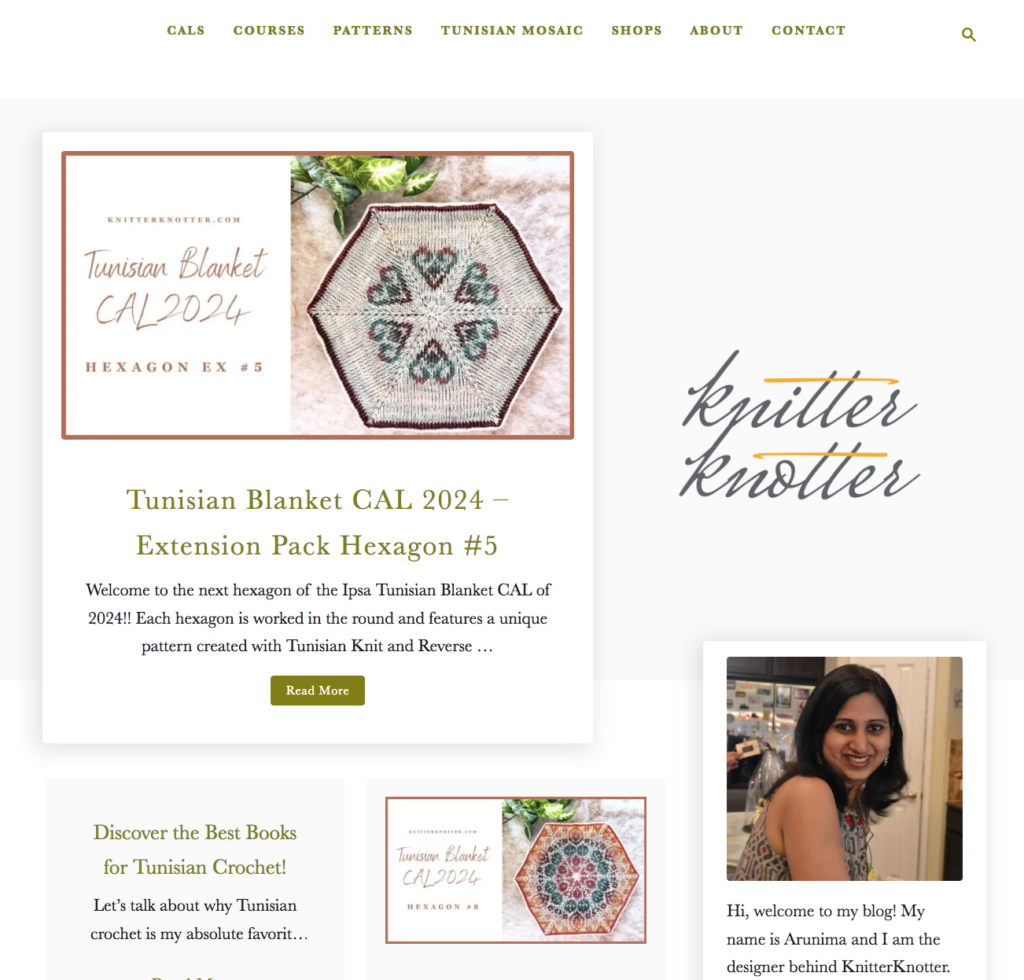
Incidentally, I really liked the technique and it turned out that I enjoy creating new designs with it, so it worked out perfectly.
Although the audience was smaller compared with knitting and crochet, I thought it had a lot of potential to grow. so I took a chance.
For those of you who don’t know, Tunisian crochet is a technique which uses a long hook. Stitches are picked up and kept on the hook, unlike traditional crochet where each stitch is completed before moving on to the next one.
Managing KnitterKnotter has been a journey of wearing multiple hats: crocheter, designer, pattern tester, website designer, marketing manager, social media manager, photographer, and more!
It has been so fulfilling to see how much I have grown, both professionally and personally through this business.
While I’ve had other business ideas, balancing life with two kids, the challenges of Covid, and a recent move to a different part of the world have kept me busy, and I haven’t been able to pursue them yet.
How Much She’s Earning
My business income varies throughout the year. I earn the most during Q4 and Q1, when I end one yearly event and start the next.
On average, I make around $6,000 per month, with most of it coming from pattern and course sales.
Here’s a breakdown of my income streams:
- Crochet pattern and course sales: 72%
- Mediavine ads on my website: 25%
- Ads on YouTube + affiliate income: 4%
I didn’t make any money for the first 3 years, but the business has grown significantly in the last two years.
I think this is because It took me a couple of years to grow my audience and earn their trust.
When I first started, I priced my patterns very low, at around $3-$5, and I didn’t have any income from ads.
My first two Crochet Alongs (more on this later) had only a few participants each. Even though I was building trust in my community, it was still small, so I didn’t make many sales. And the sales I did make didn’t bring in much money.
I sell my patterns on Ravelry and Etsy, and my courses on ThriveCart.
Most of my sales volume comes from Ravelry and ThriveCart, but I make the most money from sales through ThriveCart.
Ravelry is a specialized platform for knitting, crochet, and other yarn crafts, so it caters to a targeted audience.
I haven’t had much luck with Etsy, but to be fair, I haven’t spent much time on its SEO either.
As for traffic, on average KnitterKnotter gets between 50 and 55k sessions per month.
I crochet for about 2 hours every day and spend anywhere between 6 to 8 hours working on my business.
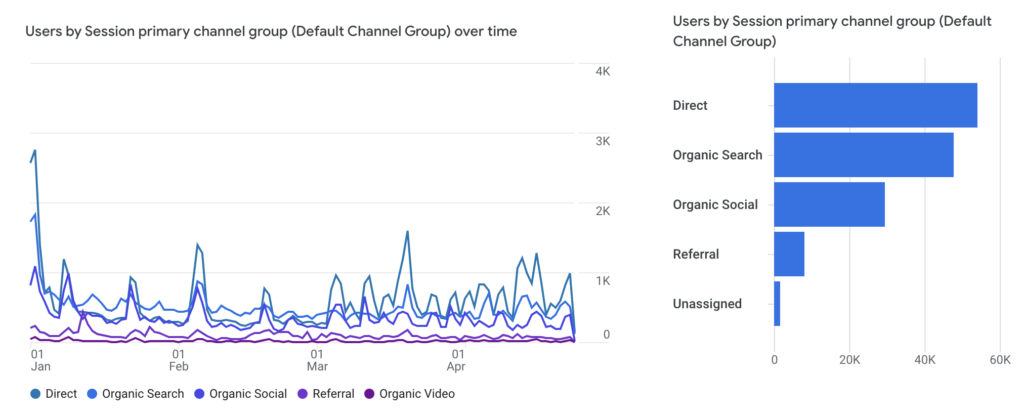

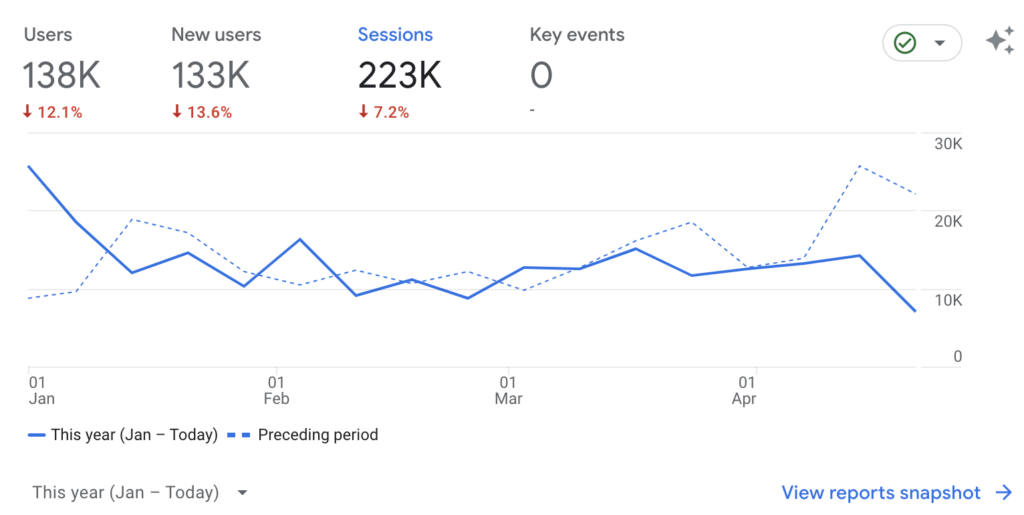

Her Main Marketing Strategy
My main marketing strategy is building relationships and keeping customers engaged. Repeat customers are most valuable to me. I focus on connecting with my audience as much as possible.
I am not a social media person, so I don’t go live or share a lot of videos. but I do reach out to people in my community through my Facebook group and newsletter to connect with them.
I respond to questions and am always around to offer help when anyone needs it.
One strategy that has been very successful over the years is to host a yearly crochet (called a Crochet Along, or CAL) event, where people crochet a product together over the course of a year.
I have been hosting one every year for the last 5 years and that has significantly grown my business.
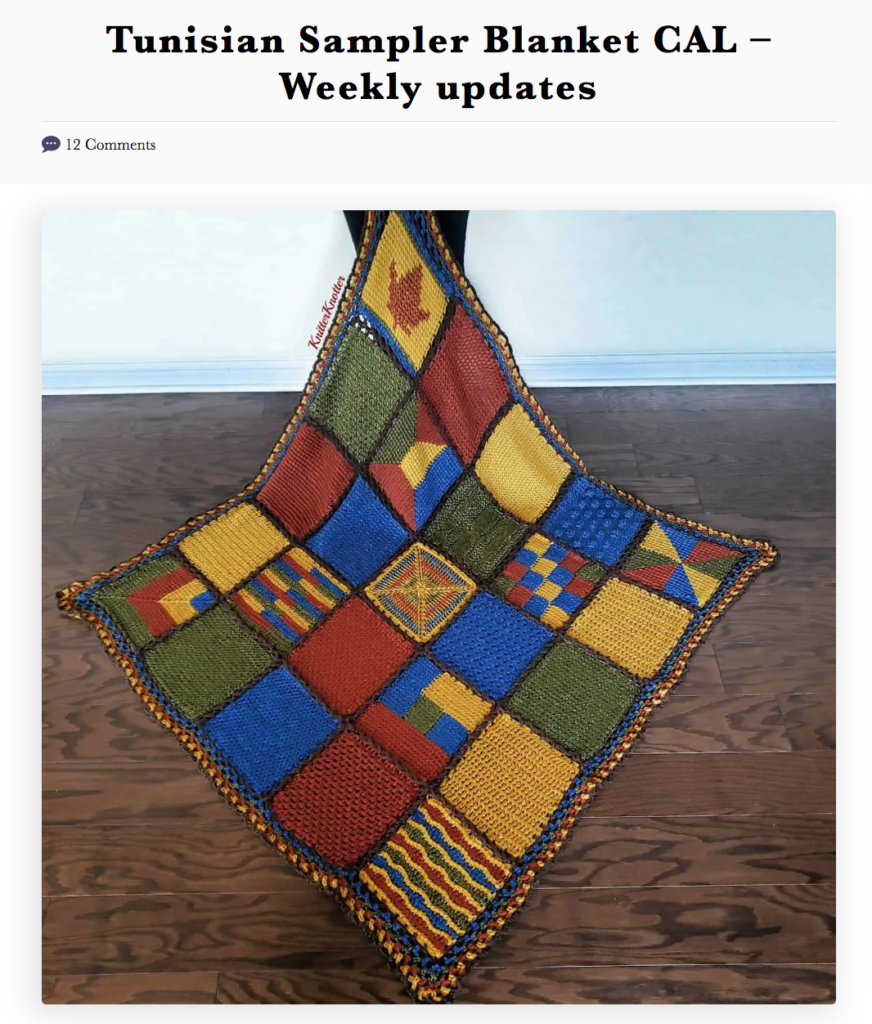

The CALs from 2021 and 2022 were collaboration projects where I got together with 24 other designers and each designer created one square for the blanket. The remaining CALs are all designed by me.
During Covid, this event became a source of hope for people in my community by providing them with something positive to look forward to.
I provide assistance and answer questions, nurturing a community based on learning which has now become largely self-sufficient because people help each other out. I encourage creativity by letting people add their own twists to my designs and share them in the group.
It is impossible for me to say how many people are participating in my CALs. Based on my sales and traffic on my website, I would put the number at at least 700 active participants.
I don’t have a specific platform or software for hosting my CALs. Participants can follow along on my website, newsletter, Instagram, Facebook, Pinterest, and YouTube.
For the community aspect, I direct them to my Facebook group, where they can showcase their work and receive (and provide) support.
For events such as these, it is crucial to have a solid product that will pique the interest of my audience and make them want to crochet it. Choosing which product to make for the event comes from expertise, experience, and market research.
I also create in-depth courses to go along with my event. This helps people see the value in the course and how it can help them build a product that may seem intimidating at first.
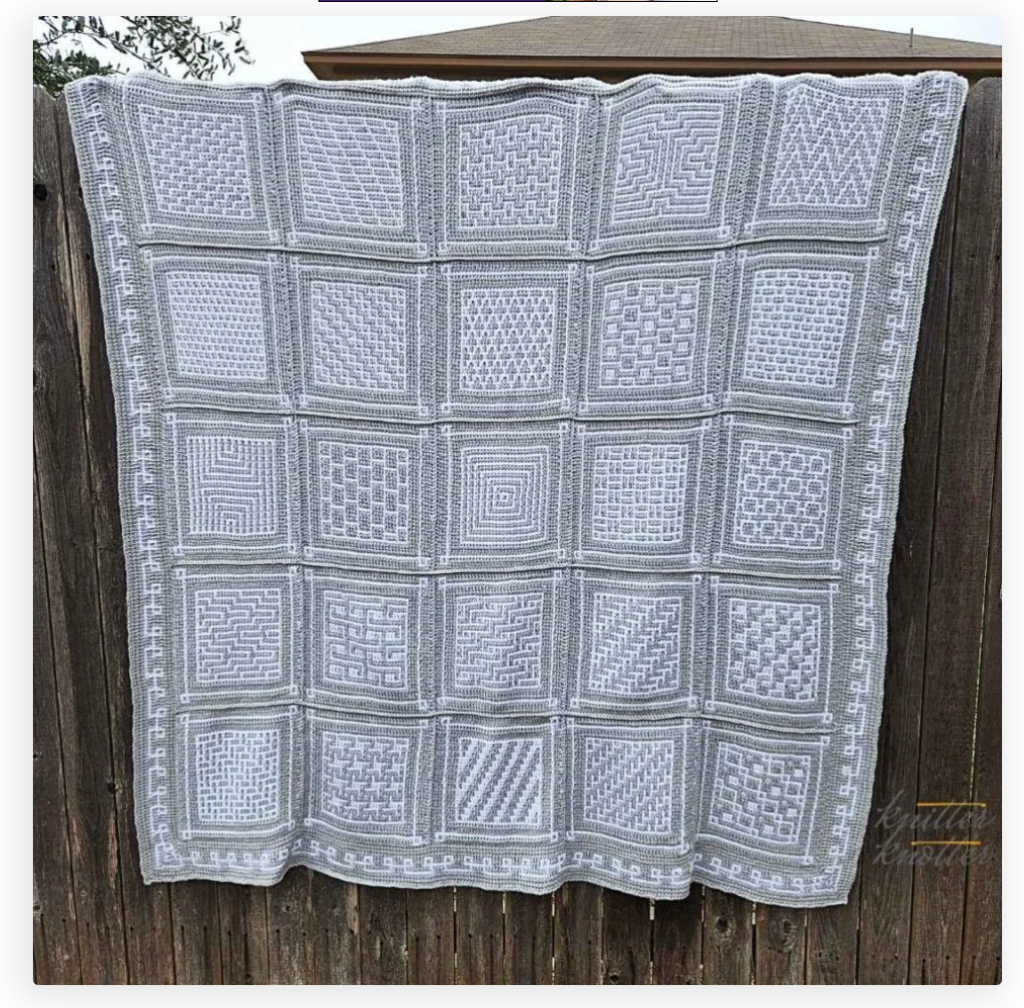

When people face similar challenges and know they’re not alone, they lift each other up. Learning new things and overcoming challenges is not only satisfying. but also great for mental health and building friendships.
My CALs are monetized in four main ways:
- Product Sales: I sell the crochet pattern for the CAL
- Course Sales: I offer a course created to complement the CAL
- Ad Income: The pattern is free on my website, and I provide a downloadable chart for 24 hours, which boosts traffic as many people try to collect the patterns, even if they’re not participating in the CAL right now
- Affiliate Income: I earn a small percentage from affiliate sales of yarn and hooks.
I have 2 courses, one on Tunisian Mosaic Crochet and the other on Tunisian-In-The-Round.
Her Thoughts on SEO
SEO is important for my business, but I haven’t focused heavily on it. Most of my traffic and business come from my newsletter, along with engagement in my Facebook group.
While I’ve invested in an SEO course, I haven’t had the time to update my website. Last year, I hired a VA who helps me target certain keywords and create round-ups, which has started to bring in some Google traffic.
However, my overall strategy is not to rely solely on SEO for traffic. Instead, I aim to build a community where people feel connected to me and trust the quality of my designs and tutorials.
This approach has helped me grow a loyal following who engage with my content regularly.
Keyword Research
I took an SEO course (Stupid Simple SEO) a few years ago and used Ahrefs to find keywords that I would be able to target in my niche.
Initially, I aimed to have a website that included both knitting and crochet (hence the name KnitterKnotter), but I realized very quickly that it was better to focus on Crochet and Tunisian Crochet specifically.
Now, I focus on establishing authority and expertise in this niche and that’s what I am working on building. I’m working on publishing one SEO-focused round-up every week and publishing more tutorials while updating older posts on my website.
I hired a VA who understands my niche and creates relevant content for my website. I’ve set up a calendar for her to create weekly content and I spend about an hour each week verifying everything before publishing. My focus is still mostly on tasks unrelated to SEO.
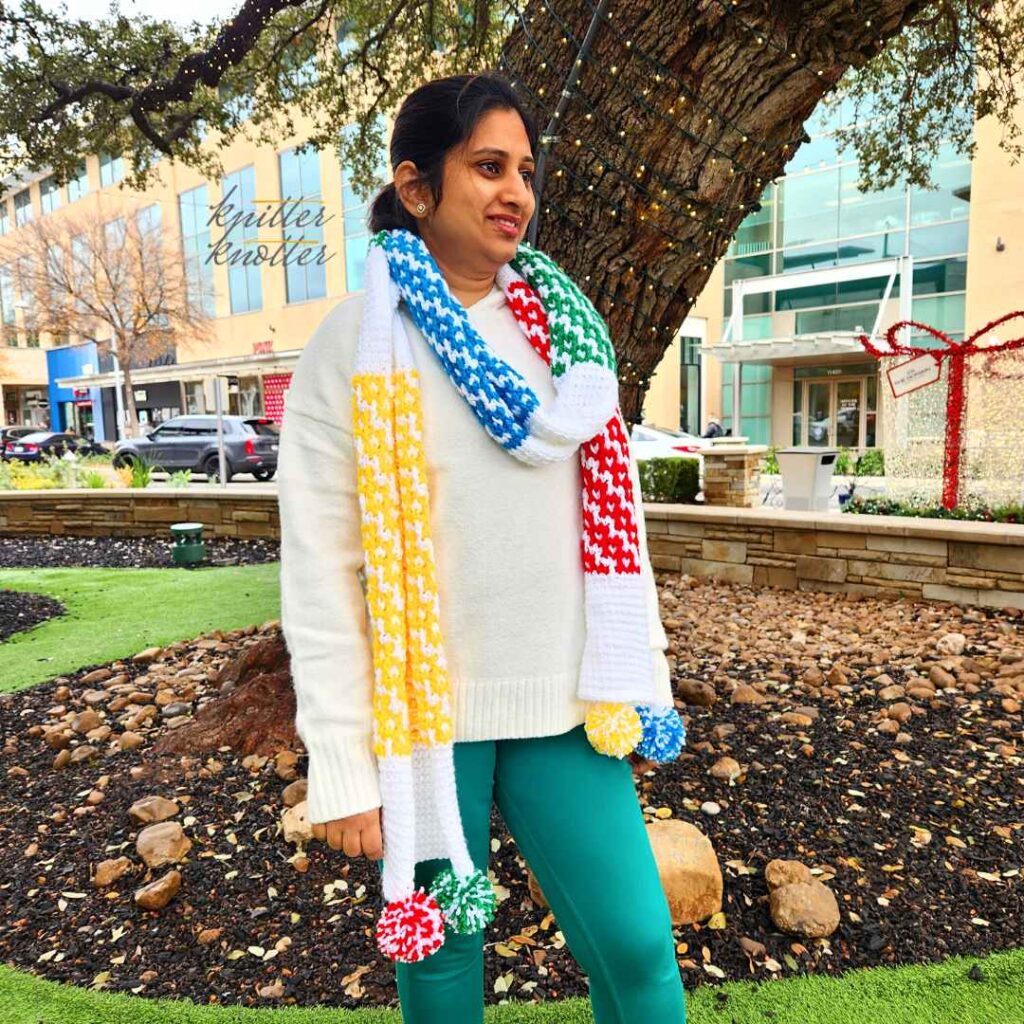

Link Building
Link building has been very important for me, not just for SEO but also for building trust in my community. A lot of people in my community discovered me through other crochet websites or recommendations from other designers.
We crochet designers share our work with each other and most of us have round-ups on our websites where we link to each other’s patterns. Links to my website have increased organically as other designers appreciate my work and naturally link to relevant patterns and tutorials on my website.
I tried HARO for link building, but it hasn’t been effective for my niche. There aren’t any crochet-related questions and when I responded to business-related queries, my responses were never picked so it didn’t get me any results.
Arunima’s Content Creation Process
Besides round-ups, I don’t specifically write for SEO. I create a product and then develop all the supporting materials: stitch tutorials, photo tutorials on the website, and video tutorials on YouTube, along with the actual pattern.
These support materials sometimes end up being different blog posts on my website.
As of April, I have 317 published posts on the website. But my niche doesn’t align with traditional SEO practices.
Since I design a lot of blankets, it’s impossible to target different keywords for each one of them. I focus more on technique and tutorials, providing support materials for learning how to crochet my designs rather than targeting keywords for every post.
Her Email List
I have an email list, which is my primary source of traffic. It has grown organically through various channels. I have participated in events hosted by other crochet designers that lead traffic to my website, and I collect emails using a form on my site.
Additionally, a lot of members on my Facebook group end up signing up for my mailing list. I also receive sign-ups from visitors who find my site through Google.
But the largest number of sign-ups happen when people want to participate in or follow my yearly Crochet Along.
I have a little over 10,000 people in my email list and I use Flodesk for managing my email marketing. I send out emails 3 times a week: twice to inform people of new content on the website and one weekly newsletter.
Her Favorite Resources
To build something similar, I recommend these resources:
- A good SEO course, like SSSEO
- Learn from others in your niche by studying their websites and newsletters to see what works for them
- The book Atomic Habits, as it’s a great reminder to make small changes consistently for big results
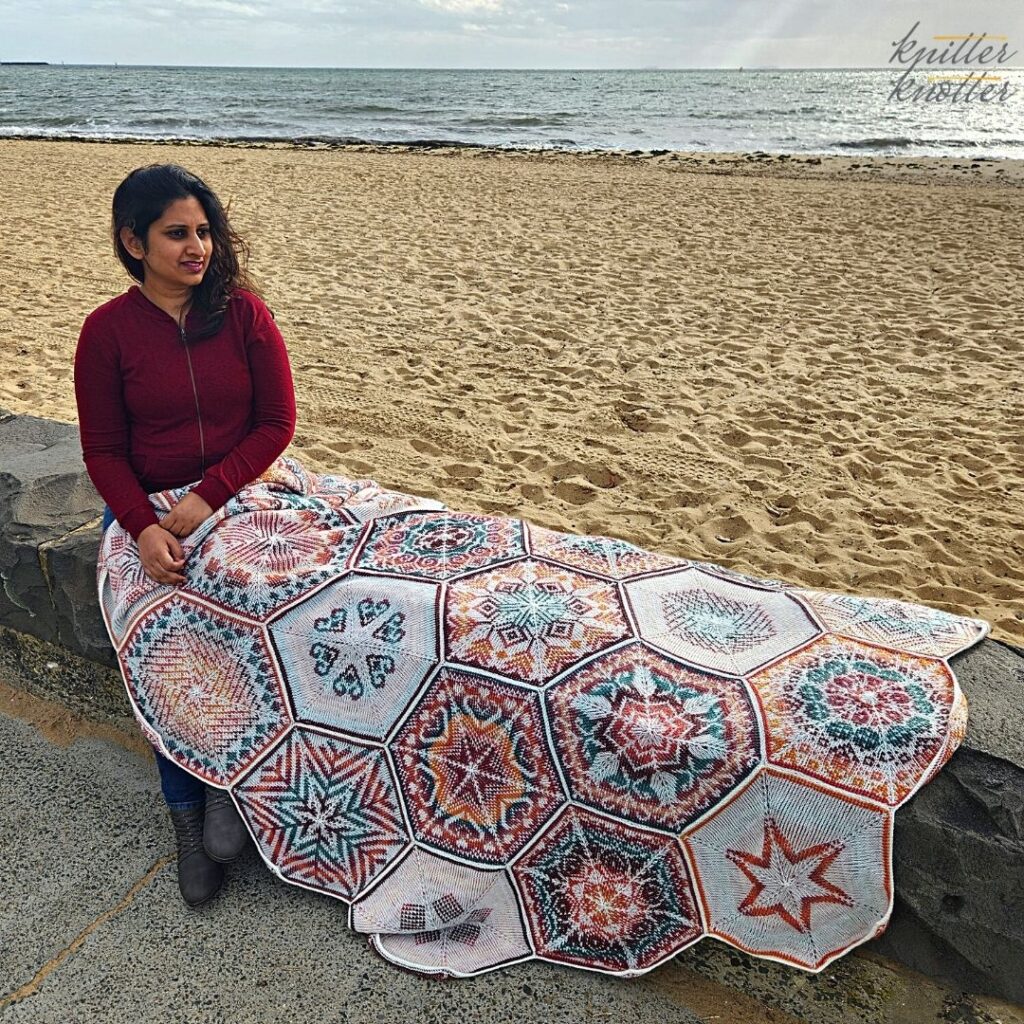

The tools I swear by are:
Canva: I use it for editing photos and creating landing pages.
Google Sheets: It’s great for bookkeeping and creating certain crochet designs.
Photo and videography tools: I use iMovie along with my phone and tripod for creating video content.
Ravelry, Etsy, and ThriveCart: I sell my patterns and courses on these platforms.
Her Biggest Challenge
The biggest challenge has been to find ways to scale without adding more work to my plate. Time is my most limited resource, so working more effectively and finding a good virtual assistant has been very challenging.
Hiring a VA was the most effective way for me to scale without adding significant amounts of additional work to my plate.
I transitioned tasks that were time-consuming or that I didn’t enjoy, focusing more on my patterns, my CALs, and creating relevant courses and support content.
Finding the right VA was challenging.
Over 3 years, I worked with 4 VAs and one VA agency. It was difficult to find someone who works well with me, was well-versed in my niche, and was reliable.
I initially tried hiring fellow designers looking to become VAs, but that didn’t work out. Then, I tried a specialist VA company, but it was disappointing since they paired me with someone who wasn’t a good match.
After much trial and error, I found my current VA through a recommendation in the crochet designers’ community. She has been a great fit since we work very well together. It was also a great coincidence that she lives in Australia where I moved to last year.
Her Greatest Accomplishment
Being able to stay home and earn an income doing something I love is great is amazing, but my most important accomplishments are creating products that positively impact people’s lives and building friendships across the world.
What She Wishes She Knew When She Started
I wish I had known:
– The importance of market research, SEO, and observing others in my niche
– Social media and SEO algorithms keep changing. so what works today won’t work tomorrow
– Investing in the right people and tools is very important for any business.
When I started KnitterKnotter, I didn’t make any money at all for the first few years and that held me back from hiring a VA and investing in the right crochet hooks or online subscriptions like Canva. These investments have made a huge difference in the overall success of my business.
Her Biggest Mistake
The biggest mistake I’ve made on my entrepreneurial journey is trying to do too many things at once.
I was influenced by the fear of missing out (FOMO) and tried to build my social media presence on multiple platforms at once, even though it did not come naturally to me. This resulted in a lot of wasted effort because social media trends kept changing and I couldn’t keep up.
I would also try to keep up with what other designers were doing. I would try to publish a lot of seasonal patterns and participate in events which would take up a lot of my time. Now, I focus on releasing limited products, managing my Facebook group, growing my email list, and publishing SEO-optimized content.
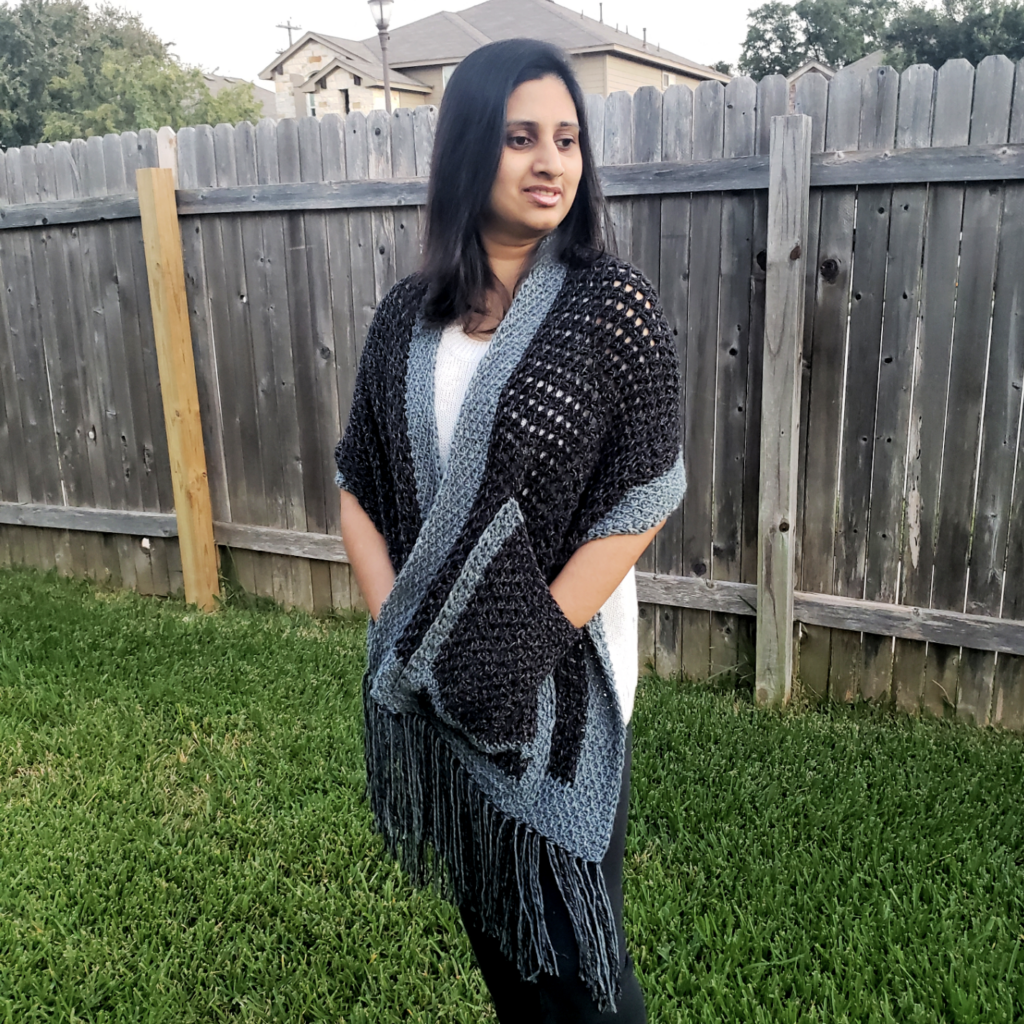

Her Advice for Other Entrepreneurs
Here is my advice:
If this is your first business, choose something you love. The learning curve is extremely steep in the beginning and if it is related to something you love doing, it will make the process a lot more enjoyable.
Diversify your income streams and don’t rely on one source. There are multiple ways to diversify a business, so try to pick at least two or three and build up on them before adding more (ad income, newsletters to drive traffic and sales, SEO, Pinterest, YouTube, social media, etc.)
Invest in yourself. Purchase the right tools and courses to keep yourself updated. Know that expensive doesn’t mean better, so take the time to find the right tools and people to work with.
When your business starts consuming all your time, it might be time to consider hiring help. A good virtual assistant can take on tasks that drain your energy and time, reducing your workload and allowing you to focus on what you do best.
Be ready to pivot. Change is constant, so be ready to adapt to changes.
This one’s most important: Prioritize progress over perfection. It’s okay to start small and improve over time.
